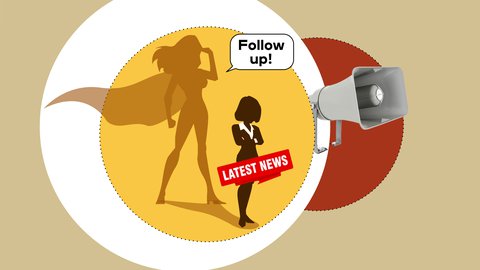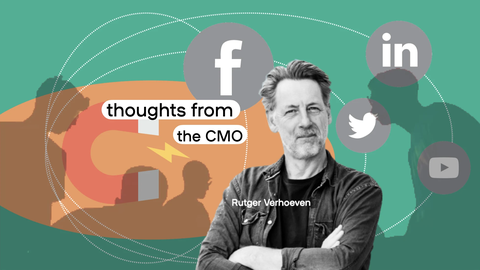Let's get you started.
On paper, incorporating data into the newsroom seems like a no-brainer. The capabilities and promises of data analytics systems are game-changing, and offer the opportunity to get a step ahead of the competition, optimise and streamline output and send engagement rates soaring.
And yet newsrooms often hesitate before rolling out such solutions.
The reason is simple to identify, but not always so easy to fix: we’re talking newsroom culture.
Rutger Verhoeven and I have spent many years pondering this issue. Back when we were working at Dutch public broadcasters, we saw that innovation can only ever be transformative when it’s matched by an environment that’s ready to embrace it. We’ve worked with publishers around the globe, and it’s through these consultations that we’ve been able to see that this is a widespread truth.
And, luckily for you - and newsrooms or publishers like yours - we’ve gleaned learnings from this that are eminently transferable, and which we’re happy to share with you.


